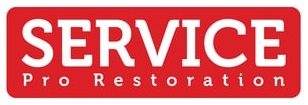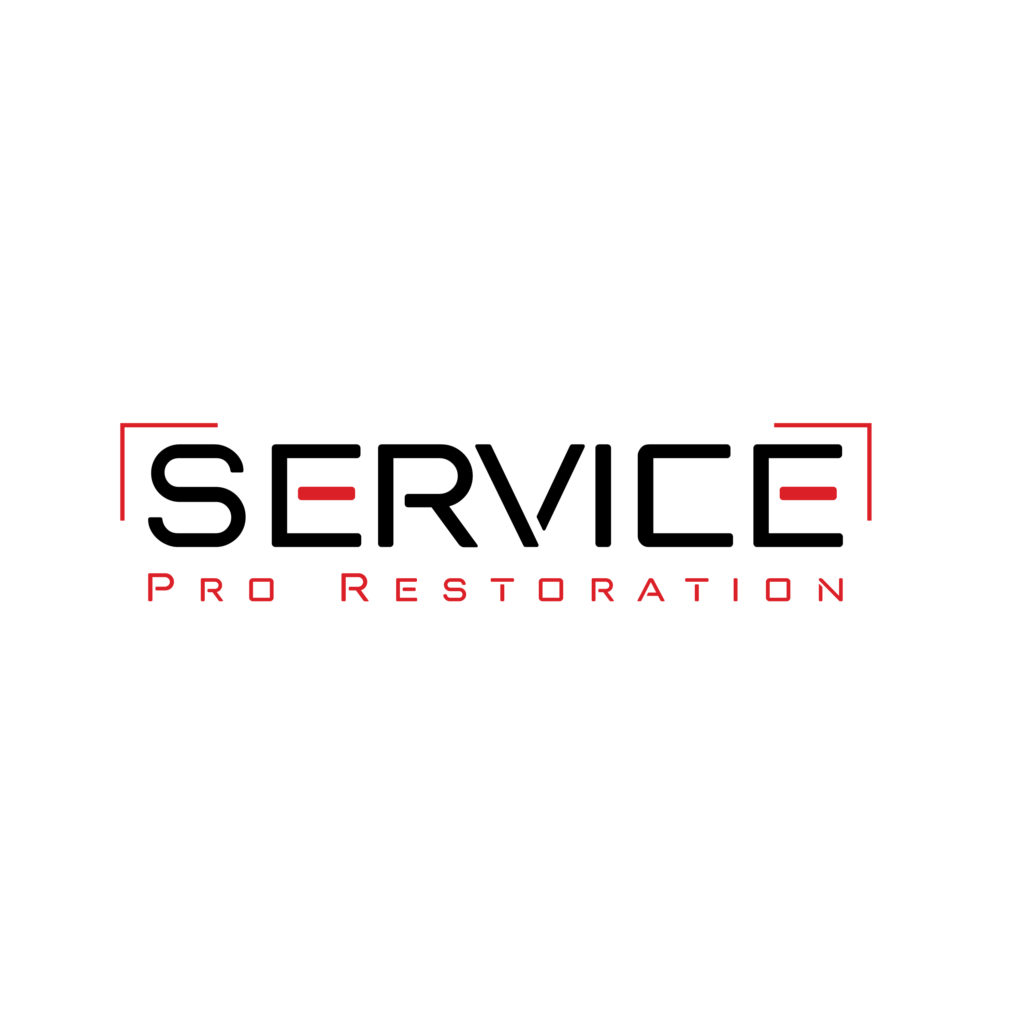How to Remove Mold From Porous Materials

If you’re considering removing mold in your home, you’ll want to consider removing porous surfaces to prevent further spread. However, this can be tricky, and you’ll also risk stirring up mold while removing the material. One way to minimize the risk is by sealing all vents. Pros tape plastic sheeting over them, and set up an exhaust fan to draw air out the window.
DIY Mold Removal
DIY mold removal is a popular home improvement project for many homeowners. Some are handy and enjoy doing projects around the house, while others simply want to save money. However, if you aren’t sure of how to get rid of mold completely, you should consider hiring a professional. These professionals can help you decide what steps to take and will also provide free advice.
Vinegar is a very effective natural substance for mold removal. It has antibacterial and antimicrobial properties and can be applied to affected areas with a disposable towel or a brush. After applying the vinegar solution, allow it to dry and then wipe off the mold. This method is ideal for removing mold if the mold growth isn’t too severe, but it may not remove all of the mold spores.
Mold is a type of fungus that spreads by tiny spores in the air. It grows in moist environments with temperatures between 40 and 100 degrees Fahrenheit. Some types of mold, like surface mold, are harmless, while others may cause respiratory irritation and eye irritation. It is important to understand how mold can affect your health and the safety of your family.
You should always make sure you are careful when handling mold. Never touch the affected area with bare hands, and never get the mold in your eyes. Also, wear disposable work clothes, gloves, and respirator while working to avoid skin irritation. Lastly, shower off after cleaning to avoid the risk of getting sick or worse.
Professional mold cleaning
Mold removal requires a comprehensive remediation plan. To ensure that mold is effectively removed from a property, it is essential that personal protective equipment is worn by the mold cleaning contractor. This includes safety glasses, N95 respirators, long-sleeve shirts, and pants. A HEPA air filter can also help protect against the spread of spores.
First, inspect the area for water leaks. If you find any, soak a heavy sponge in a bleach/water solution and scrub the mold off the walls. If the mold is particularly stubborn, you can mix a specially formulated mold remover and apply it to the affected area. After applying the solution, dry the area thoroughly.
While a home mold test may give a general idea of whether there is a mold problem, it is much more detailed and accurate. You should test every room of your home, particularly any areas with musty odors and dampness. It is also important to check the inside of walls and ceiling tiles, because mold can grow in these areas as well.
It is important to wear protective gear while working around mold to avoid allergic reactions and skin irritation. You should also wear a N-95 respirator, protective gloves, and goggles to protect your eyes. If you use a portable generator to power your mold cleaning equipment, make sure it is out of your home to prevent carbon monoxide poisoning. Finally, ensure that you completely clean up the area before reoccupying the property. Remember that mold spores are extremely dangerous and can cause asthma attacks, eye irritation, and allergic reactions.




